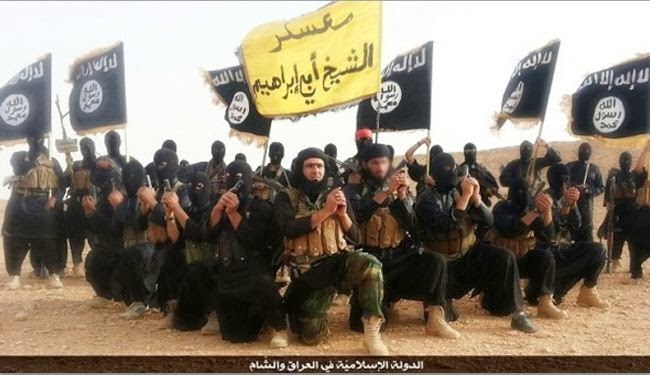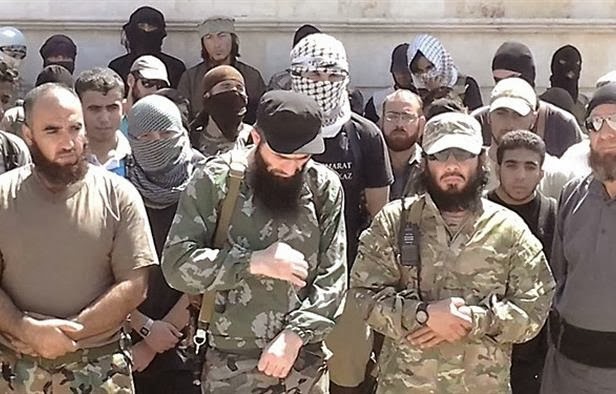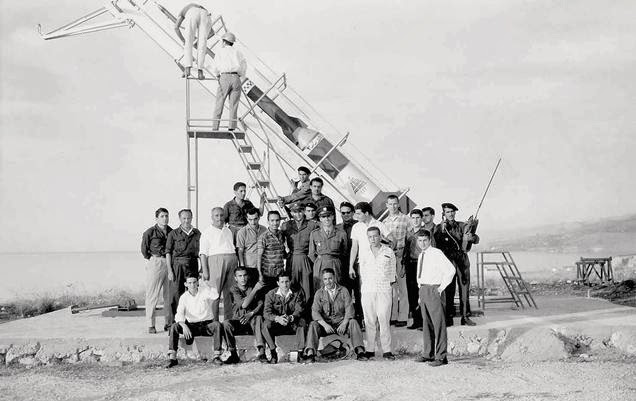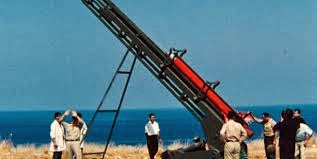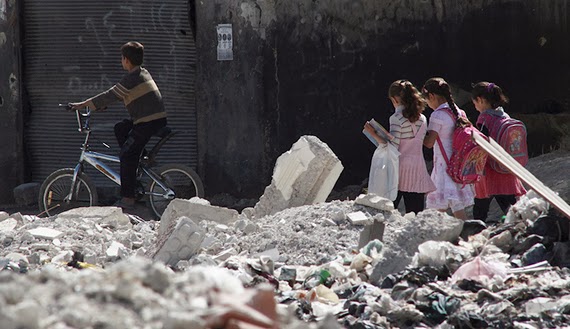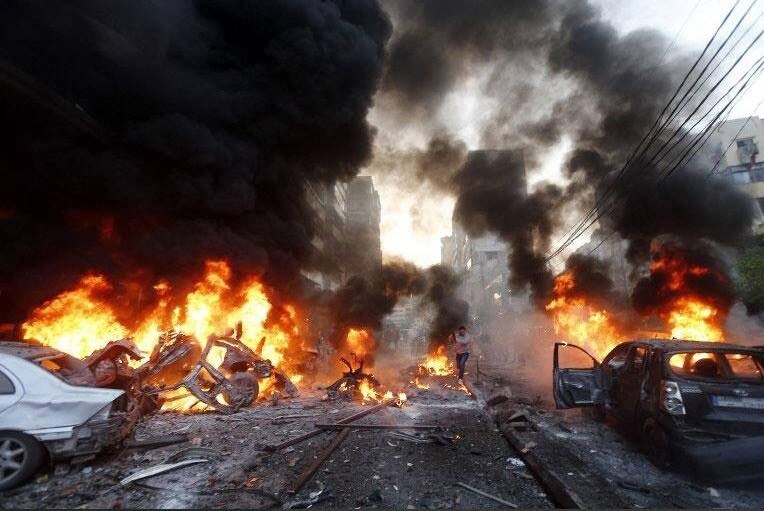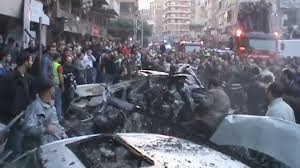دروزی های سوریه مجبور شده اند به اسلام سنی تن بدهند
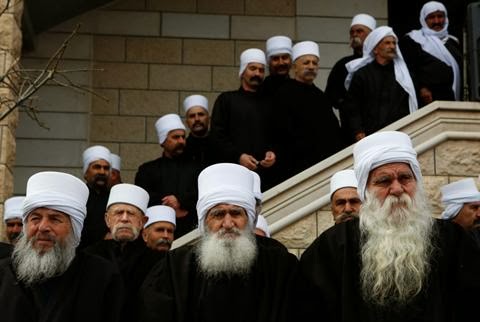
نویسنده: دکتر هیثم مزاحم ترجمه: محمد مظهرى دکتر هیثم مزاحم، نویسنده لبنانی و پژوهشگر امور اسلامی، بین المللی و استراتژیک و صاحب تالیفاتی همچون حزب "کار اسرائیل"، "نزاع بر سر خاورمیانه" و "تکامل مرجعیت شیعه؛ از غیبت تا ولایت فقیه" می باشد. بیروت،لبنان- هفته گذشته یک دوست سوریه ای که در دمشق زندگی می کند به من گفت "دولت اسلامی عراق و شام" (داعش) که شاخه القاعده در سوریه محسوب می شود دروزی های شمال ادلب را مجبور کرده به اسلام تغییر دین دهند. دروزی ها جماعتی یگانه پرست هستند و خود را "اهل توحید" یا "موحد" می دانند. فرقه دروزی انشعابی از اسلام شیعی است که یک اقلیت کوچک حدوداً یک میلیون و پانصد هزار نفری را تشکیل می دهد و عمدتا در سوریه، لبنان، فلسطین و اردن حضور دارند. دروزی ها می گویند مسلمان هستند و به یگانگی خدا، نبوت محمد (ص) و کتابش قرآن اعتقاد دارند. اما برخی محققان می گویند دروزی ها به ترکیبی از عناصر ادیان ابراهیمی و برخی مکاتب فلسفی همچون فلسفه عرفانی، مکتب نوافلاطونی و مکتب فیثاغورثی و ... اعتقاد دارند. آیین د
